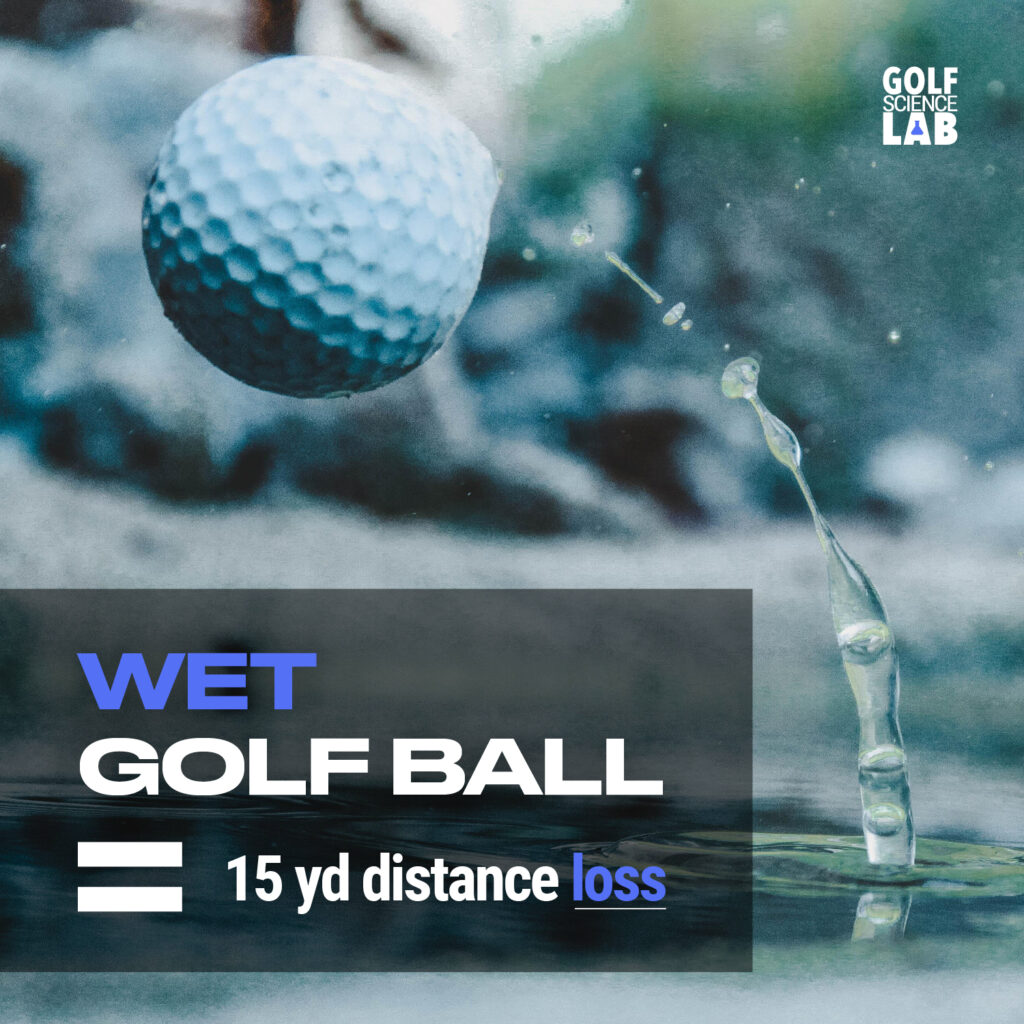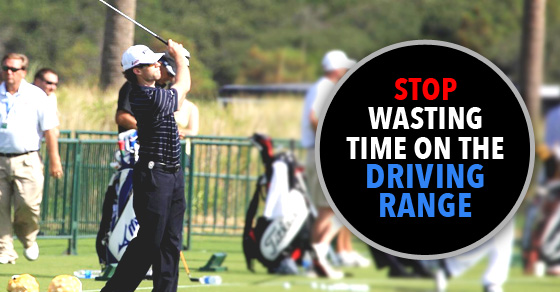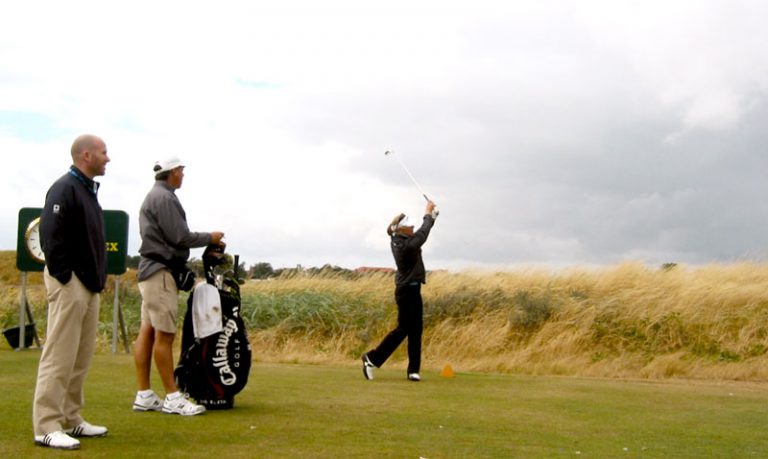The guys at Ping have a great study that some real insight on the impact of water on golf balls.
I’m paying attention to this data and writing it down for the next time I have to tee it up in the rain or on a wet golf course.
Breakdown of the Study:
- Five elite golfers, with handicaps ranging from +3 to 2 hit shots with 9-degree PING G400 drivers.
- After warming up, each golfer hit 10 shots – 5 with a dry ball and 5 with a soaked ball, alternating between the two.
- All shots were aimed at a target in full swing and were taken over two sunny days with minimal wind and temperatures hovering between 60 and 70 degrees Fahrenheit.
- The test operator drenched the golf ball before each shot under wet conditions.
- A Trackman 4 radar in R&D mode was deployed to capture full ball flight data, including lift and drag coefficients.
The Results:
The test results splashed the obvious right into our faces – playing in the rain is a whole different ball game! Here’s what the data told us:
- The initial speed, angular direction, launch angle, and launch direction were statistically similar in dry and wet conditions.
- The spin rate for wet balls was significantly higher.
- Wet balls reached a lower maximum height and had a considerably shorter carry distance (about 15 yards less) compared to their dry counterparts.
- The lift and drag coefficients were noticeably higher in wet conditions throughout the flight. The real kicker is that the ball follows a similar trajectory until near the apex, where it deviates dramatically under wet conditions.
“The increased lift will serve to keep the ball in the air while the increased drag is slowing the ball down more quickly and these forces seem to roughly balance out their effect on the height of the ball. “
The Takeaways: For the rain-braving golfers, here’s the wisdom you can draw from this study:
- Keep it Dry: While you can’t control the rain, ensuring your club and ball are as dry as possible between shots can minimize the wet-ball effect.
- Temper Expectations: Accept that your carry distances are likely to be shorter in wet conditions, and adjust your strategy accordingly.
You can find the full abstract over on the Golf Science website here: Driver Ball Flight in the Rain: an Analysis of the Effect of Water on Lift, Drag and Resultant Trajectory by Paul D. Wood , Erik M. Henrikson , Matthew Jones



